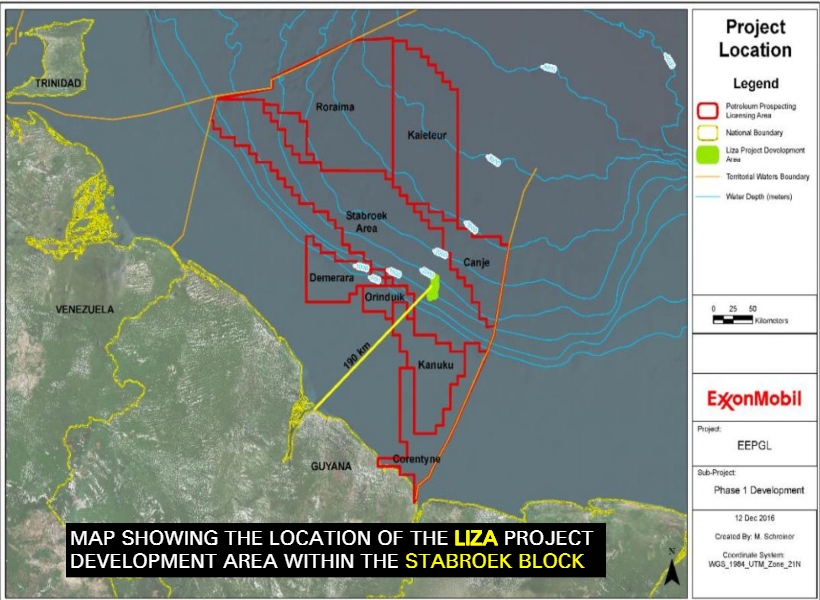If an oil spill were to occur in the Stabroek Block’s Liza field, it is highly unlikely that it would reach the Guyana shoreline. This is according to Environmental Resources Management (ERM), an international environmental and social consulting firm with extensive experience in the preparation of Environmental Impact Assessments (EIA) for offshore oil and gas development projects.
In addition to the low probability of oil reaching the Guyana shoreline, coupled with the possibility of no oil spill response in place, ERM notes that the oil would still take five to 15 days to reach the shoreline.
Even in this worst-case scenario, ERM said that it would allow ExxonMobil’s subsidiary, Esso Exploration and Production Guyana Limited (EEPGL), ample time for the mobilization of spill response resources to further reduce the risk of oil actually reaching the shoreline.
But if oil were to reach the Guyana shoreline, ERM said that the resources most at risk would include protected areas such as Shell Beach, coastal habitats especially mangroves and marshes, and coastal wildlife such as birds and furbearer. The Environmental Consultant said that coastal communities and indigenous peoples dependent on fishing in the ocean and other ecosystem services would also be affected.
Be that as it may, ERM noted that the combination of the low probability of an oil spill actually reaching the shoreline and the time available to allow for spill response, results in the residual risk to these resources being considered minor.
The Liza field is currently being prepared for first oil production in time for mid-2020. The Liza Destiny FPSO which arrived a few days ago will be producing 120,000 barrels of oil per day from this field.













